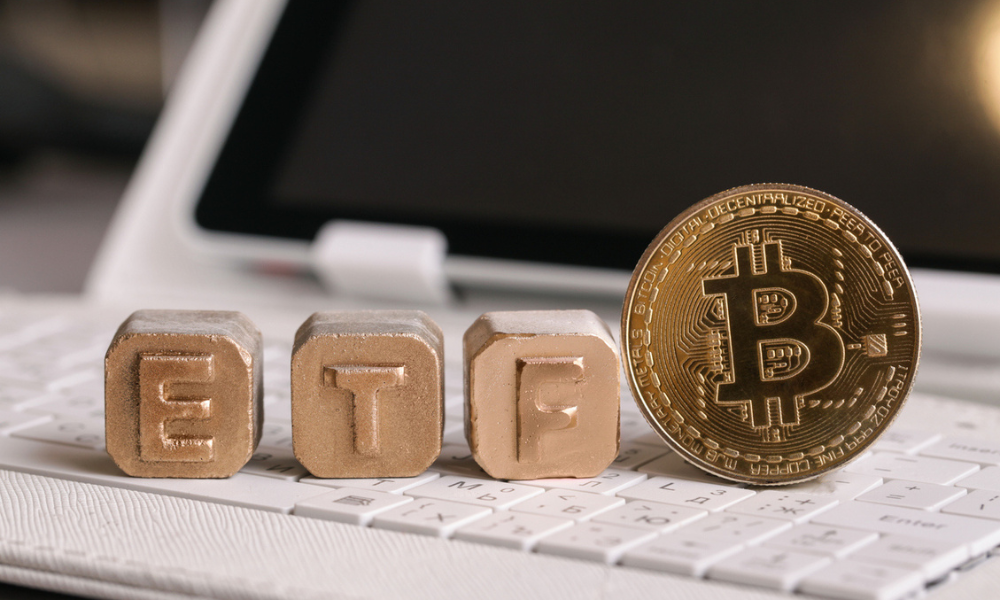After providers cut and even waived fees, where does the market for the heavily hyped ETF class sit now?

In the leadup to their approval of spot bitcoin ETFs earlier this month, the SEC worked closely with ETF issuers and came up with a pretty strict set of rules and regulations around the new exchange traded products. The end result was a crowded field of issuers, 11 at the time of writing, with very little strategic difference between them. All that would determine the success or failure of these new products was marketing, branding, and fees.
That’s why, in the leadup to SEC approval, US bitcoin ETF issuers entered into a fee war. Initially, management fees were cut to as low as 0.24 per cent — with an average of 0.54 per cent according to Reuters. They were cut further through January, with many issuers offering fee waivers for set periods of time. Often there has been a David vs. Goliath dynamic to these fee cuts, with smaller issuers trying to undercut the fees of the giant asset managers they’re currently competing with.
“So far I would say that brand is winning the day,” says Martin Toner, managing director of institutional research, growth and innovation at ATB Financial. “Blackrock, Fidelity, Invesco have by far the biggest brand names and biggest distribution channel advantages. Those are the supermarkets of asset management products. That is really key.”
We have also seen some asset managers pick up units of their own spot bitcoin ETFs. Notably, ARK investments purchased 365,427 shares of its own ETF last week. The move, Toner says, is less about driving AUM into the new product as it is about adding bitcoin exposure to specific actively managed strategies. Nevertheless, along with fee cuts and waivers, moves like these show some of the new dynamics US ETFs are introducing in the cryptocurrency space.
The initial launch of these US bitcoin ETFs were greeted with flows exceeding $2 billion within days. It’s a response that Toner characterizes as “decent” but not “amazing.” He compares them to the first spot gold ETFs launched in the early 2000s, which seem to have generated a similar degree of initial interest. Notably, global crypto assets saw outflows last week. The largest driver of decline, according to Bloomberg, was $2.2 billion in withdrawals from US-based Grayscale Investment’s spot bitcoin ETF.
Bitcoin’s price has fallen significantly since the launch of these US ETFs, despite some advocates’ predictions that demand for the cryptocurrency would skyrocket. Bitcoin has fallen from a high of over $62,000 (CAD) on the day of the SEC approval to around $53,000 on January 23rd. While Toner doesn’t see huge value in speculating on why there’s been a fall, he accepts that it could be because the expected demand from these ETFs was already priced in, or perhaps overpriced in, before they were launched. He also notes that it will take time for the demand from these ETFs to make itself felt on the market, as retail channel distribution takes a significant amount of time and effort.
As analysts try to make sense of what bitcoin ETFs are doing to the price of crypto, Toner still believes that a small bitcoin allocation can help contribute to total returns. He notes that with a long-term focus and an allocation between one and two per cent, investors can see an improved risk-return profile in their portfolios, even from relatively small allocations.
While Canadian advisors have been able to access spot bitcoin ETFs of their own for some time, Toner believes that the opportunity presented by the dynamics of US providers and a US bitcoin ETF market is largely around a conversation with clients about what bitcoin allocations might be able to do for them.
“I think advisors should take a look at some of the rationales that large institutions are utilizing to get exposure to these assets and consider if that makes sense in their practice,” Toner says.



